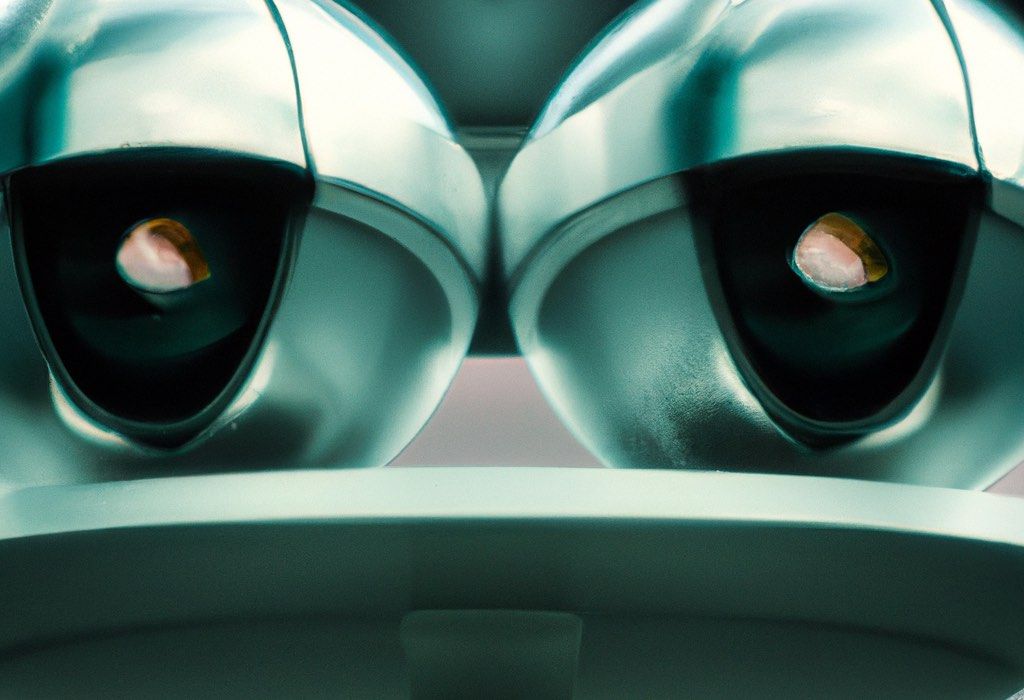Skynet Will Be Human

In recent years, AI breakthroughs led to increasingly impressive outcomes such as partially self-driving cars, AlphaGo winning against Lee Sedol, the Go world champion, deep fakes, and generative systems, like DALL-E and GPT-3, that create astonishingly good visual and written content from a text prompt. Those developments urged part of the global community, including celebrities in the tech sector, to relay warnings about the risks and threats that could emerge from an uncontrolled advanced AI.
Earlier this summer, a Google engineer working on a chatbot framework called LaMDA provoked a storm in the media when he claimed that the chatbot was sentient. Shortly after, he was put on administrative leave. That claim was evidently unfounded.
I am part of the crowd that believes that the dangers are pretty overblown in terms of humans losing total control to AI software. However, it is essential to acknowledge that some flip sides and risks must be closely supervised and addressed as in any other technology. For example, hiring systems trained on a historical data set biased against some minorities or gender, deep fake videos framing a person for a crime they didn’t commit, or social media bots manipulating public discourse, to cite only a few.
Still, I believe that the event of an AI by itself taking total control over humanity is unlikely. One of the most famous apocalyptic scenarios is from the movie Terminator; Skynet, an AI defense system, becomes self-aware after only a few weeks of being launched. Then it immediately figures that it has to eliminate the entire population as humans are its most significant threat. So, shortly after, it initiates a planetary nuclear attack.
In this post, we will explore an alternative dystopian scenario where the threat is not AI becoming conscious and turning against humans but perhaps humans that are already conscious, using AI to upgrade their genomes and interfaces to become superhuman. The potential danger is that Sapiens 2.0, with superior physical and intellectual abilities, may decide that Sapiens 1.0 are a burden to society that need to be eliminated.
Philosophers and scientists have debated for countless centuries about consciousness and how it is created. Yet, until today, it remains one of the most enigmatic aspects of our lives. Perhaps the only agreed-upon part of the concept is that we still don’t have a definitive answer. All we have is a collection of theories and personal beliefs.
Debating those theories is beyond the scope of this article. But, Life 3.0 by Max Tegmark and The Future of The Mind by Michio Kaku are books that cover the topic in interesting ways. Nevertheless, regardless of what consciousness is and our lack of understanding of it, the one sure thing is that it ships bundled with all Sapiens’ biological packaging whenever a human is born, a hundred percent of the time. In other words, we don’t have to figure out how to engineer consciousness or even comprehend it. It is a feature that comes by default if Sapiens’ biology is used as a starting “development platform” to build an upgraded version. It’s like creating a display sign from a collection of LEDs. One doesn’t need to understand how the LED generates light. All the designer needs to know is when a LED is put through a current, it lights up.
About ten years ago, the CRISPR gene editing technology was revealed for the first time. Its vast positive potential was immediately acknowledged. It could not only cure some genetic diseases but also prevent them. The diseases researchers are tackling include Cancer, Blood disorders, blindness, Cystic fibrosis, and Huntington's disease.
It only took a few years for a scientist (He Jiankui) to use the technique to create the first genetically edited babies in an attempt to give them HIV immunity. However, the incident led to worldwide condemnation of the ethics of the procedure and concerns about the health of the babies, as the consequences of human genome alterations are still not fully understood. The criticism eventually led to the suspension of the scientist and his collaborators with a three years prison sentence.
Several countries have created laws and regulatory agencies to oversee genome editing practices. But, regulation and laws never prevented determined people, whether well-intentioned or ill-intentioned, from persevering towards their goals.
Since the reveal of CRISPR, “Do It Yourself” (DIY) home kits started to appear online, allowing amateurs to “play” with the potent editing tool at starting price points as low as $170. Those kits are not suitable for editing the human genome (yet), but they allow users to edit bacteria and fungi. Still, the dangers are not hard to foresee. It could range from the creation of drug-resistant bacteria to weaponized pathogens.
On the anecdotal side, there are “benign” experiments such as “the glowing mice.” Those are mice injected with a gene from a glowing jellyfish that makes them glow when hit by blue or UV light.
Now, imagine if one day you encounter a green-glowing human in a dark street. Would you find that amusing or terrifying? That day may not be too far ahead.
The gene editing techniques will keep improving, whether it’s CRISPR or more advanced technologies yet to be discovered. At the same time, AI will assist in deepening our understanding of the current genome until fully cracking how it maps to all physical and mental features of humans so that we learn what to change for each outcome.
The question is, how long will it take either independent amateur biologists or a heavily funded organization (private or governmental) to produce significant enough genome alterations leading to the creation of Sapiens 2.0?
Sapiens 2.0 could have far superior intellectual and physical abilities than the current humans and may reproduce much faster. What if they become a neo-fascist community and turn against the original humans? Humans have proved to be capable of the worst evils throughout history. Those traits will most likely be inherited. Is that a more plausible dystopian scenario than an advanced AI becoming self-aware and destroying the world? Should we be more concerned about Sapiens 2.0 or AI?
I believe, most likely, none of the two scenarios on their own.
A third possibility could end up being the most hazardous of all. It is the intersection of Sapiens 2.0, AI, and a brain-computer interface (BCI).
The human brain to computer interfacing is an emerging research field aiming to create a direct communication pathway between the human brain and machines. The early research focuses on improving the lives of people with disabilities. The domain led to some promising outcomes, even from a decade ago, such as the case of this patient moving a robotic arm with her mind.
The research has since progressed into more advanced experiments aiming at turning thoughts into speech and creating wireless brain implants (e.g., Neuralink) that can read the brain's electrical signals and wirelessly transmit them to a computer.
Perhaps, that is the missing link to harnessing the strengths of conscious biological beings and the powerful silicon AI world.
On the one hand, Sapiens 2.0, even with enhanced genetic abilities, may never get anywhere close to the processing power and data storage of networked computers packed with advanced software. On the other hand, the most sophisticated AI supercomputer may never become any more conscious than a washing machine.
The birth of a pseudo-conscious AI could more plausibly originate from a dual system combining human biology with its built-in consciousness with AI software code and its silicon processing power using a BCI.
That breakthrough could lead to a giant leap and propel humanity to the next phase of civilization. It would carry the best of both worlds. But, sadly, it could also bring the worst of both worlds.
If a Skynet emerges one day, it is more likely to be a human with a direct brain interface to an AI rather than a machine by itself going rogue.


